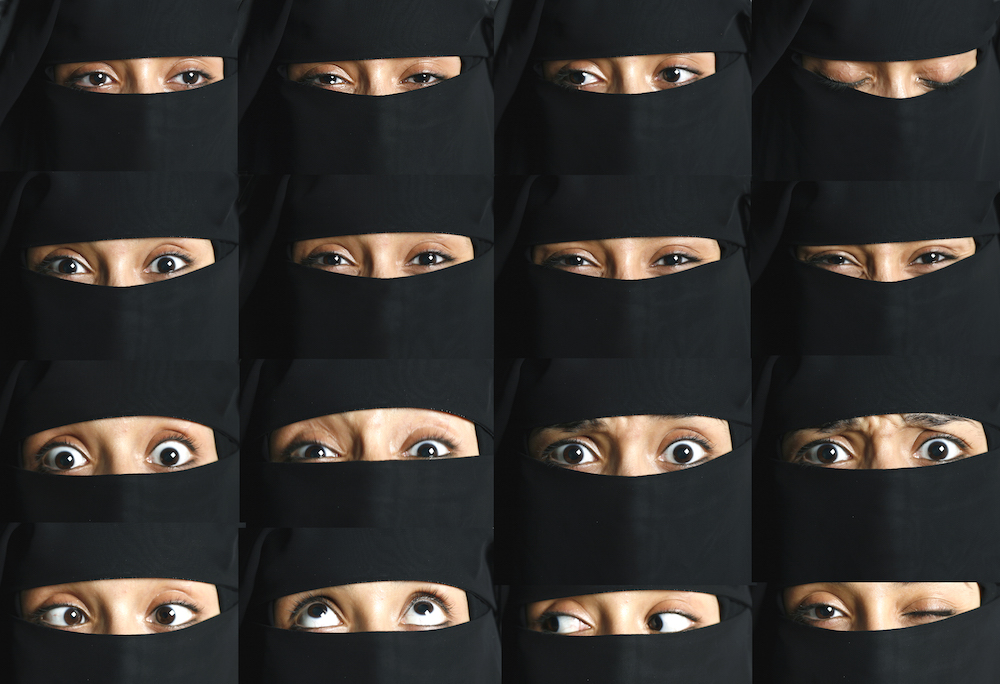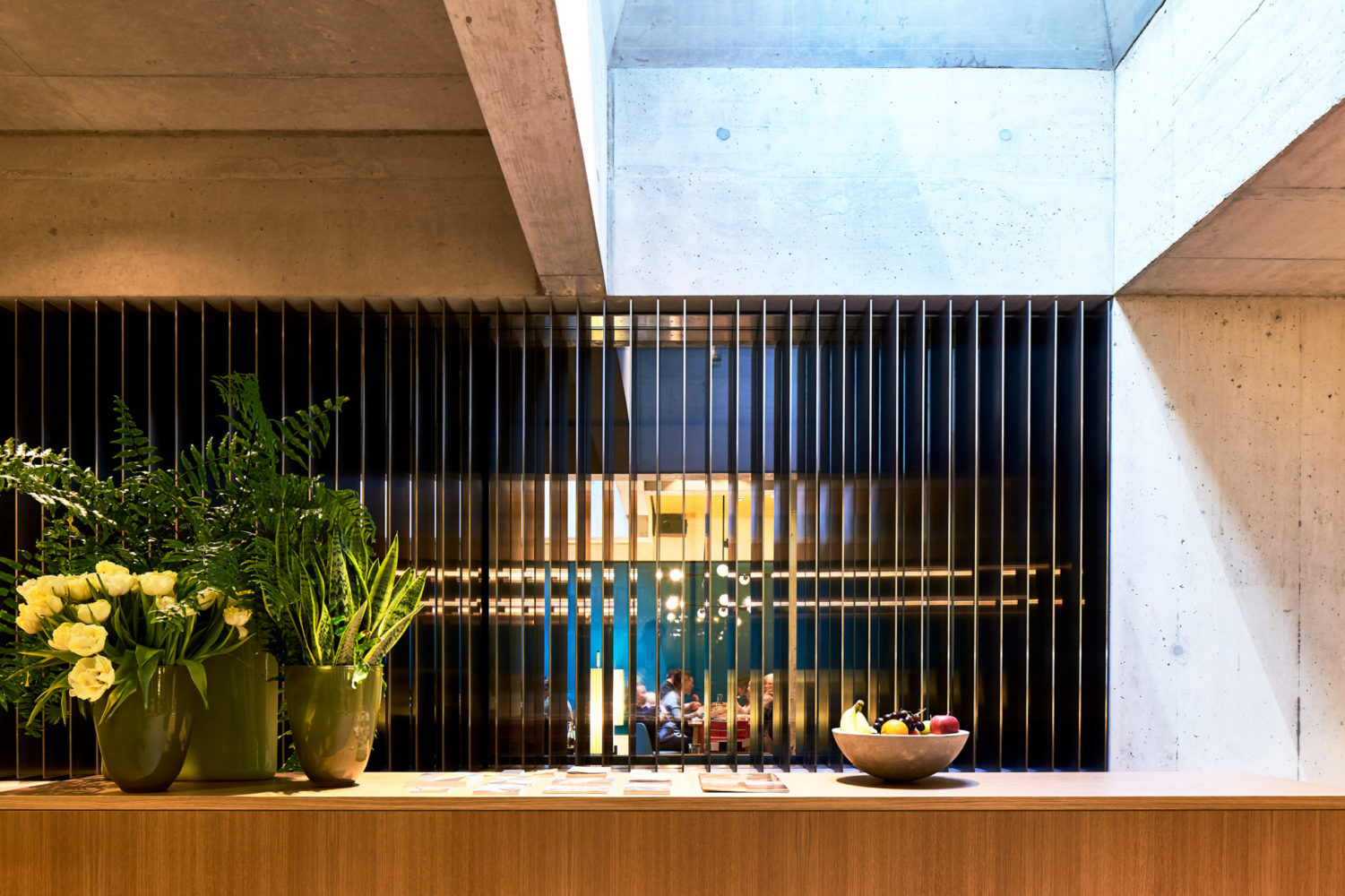When Tania Coen-Uzzielli stepped into the role of director at the Tel Aviv Museum of Art (TAMA) early last year, she set her sights on expanding exhibition programming to include fashion, design, and architecture. Reflecting the vibrant and diverse creative community of Tel Aviv, and the world, she sees the museum’s role as one supportive of civic discourse, rather than a space offering entertainment for visitors.
A few weeks ago, we checked in to see how she and the museum were doing at this time. “Closing down a museum is a very difficult mental and emotional move to make and even physically, it is actually feels hard to walk around in the empty, dark halls,” said Coen-Uzielli. “I am Italian by birth and all of my extended family lives in Italy. My brother contracted Coronavirus and is hospitalized in Milan. He is recovering now, it is OK,” she says. “The situation in Italy is very bad and worrying. Here in Israel we may soon be in a similar situation, but we will prevail, I believe that with all the difficulties, this pandemic also provides all of us with a chance to pause for a while and reflect.”
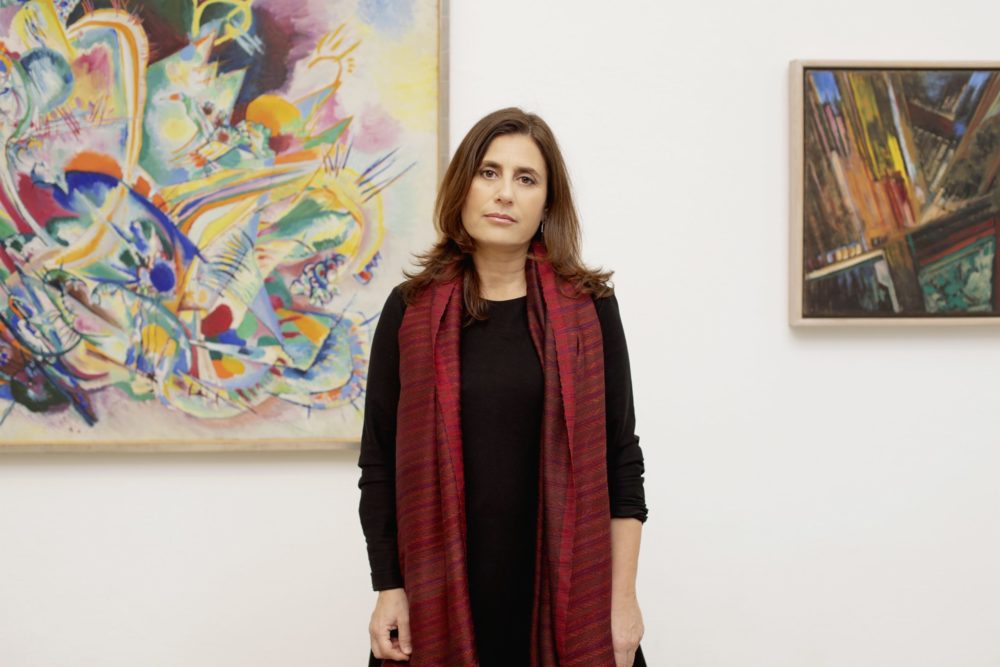
Portrait by Roni Cnaani
“The museum is a heavy ship to turn, and we had to reroute in many ways—we had to send 230 employees, and more contract workers, on unpaid leave. It was necessary but hard to send home people that we know need to support their families. I was lucky to find partners in the union and the community, and we try to help as much as possible. We are a real family here at the Museum.”
“Another challenge is thinking and planning for the future—with absolutely no revenue from any activity—no visitors, no renting out of our venues, no children’s activities, theater or concerts,” she continued. “Still, I think that planning for the future, and even planning immediate actions, really helps psychologically. Not to lie down and surrender to despair, despite the uncertainty. So many people now deal with real life-threatening situations. We at least deal with the beautiful things of life.
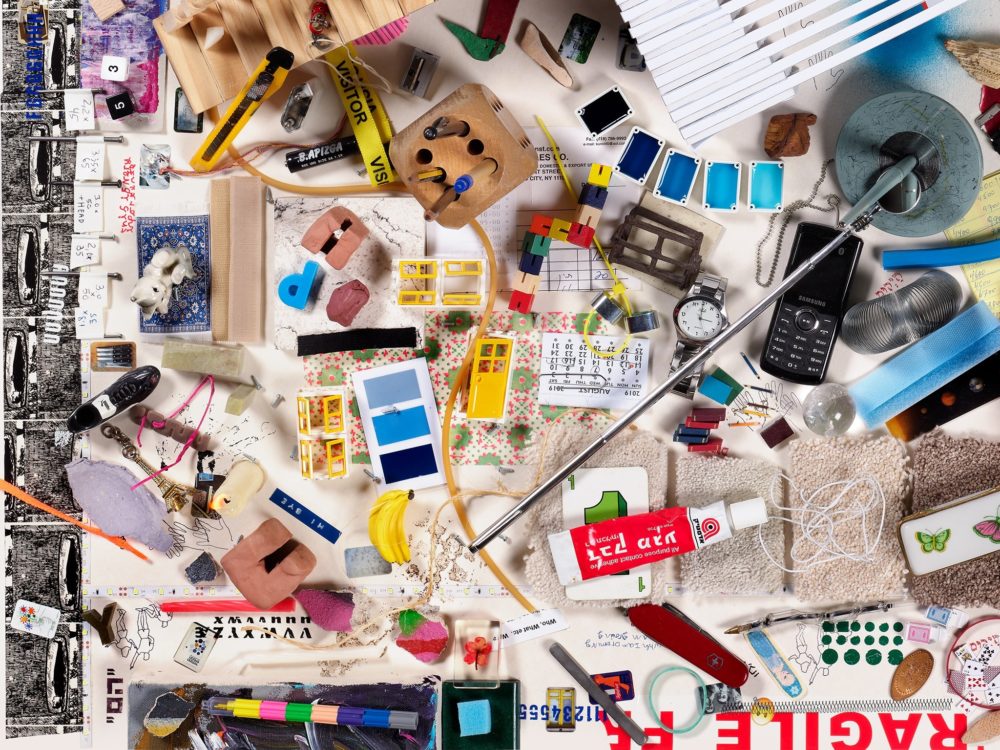
Yonatan Vinitsky, The Cosmos, Element no.9, floor print (image of model 1:10), detail, photo by Thierry Bal, courtesy of the artist and The Estate of Matt Montini.
“We have just completed building new digital platforms that help us stay in touch with the public. In dire times like these, the digital platforms provide us with an alternative. We upload content which the staff picks, and we discuss artistic ideas in relation to the way they are conveyed in the museum collections and exhibitions. It is imperative that we keep the museum alive in the minds of the public.
“On a more personal note—I am an optimist. Yes, we are in the middle of a crisis, but I believe that this is precisely the time to pick ourselves up, examine ourselves, make revisions and when we get the green light—proceed with full power forward,” she shared.
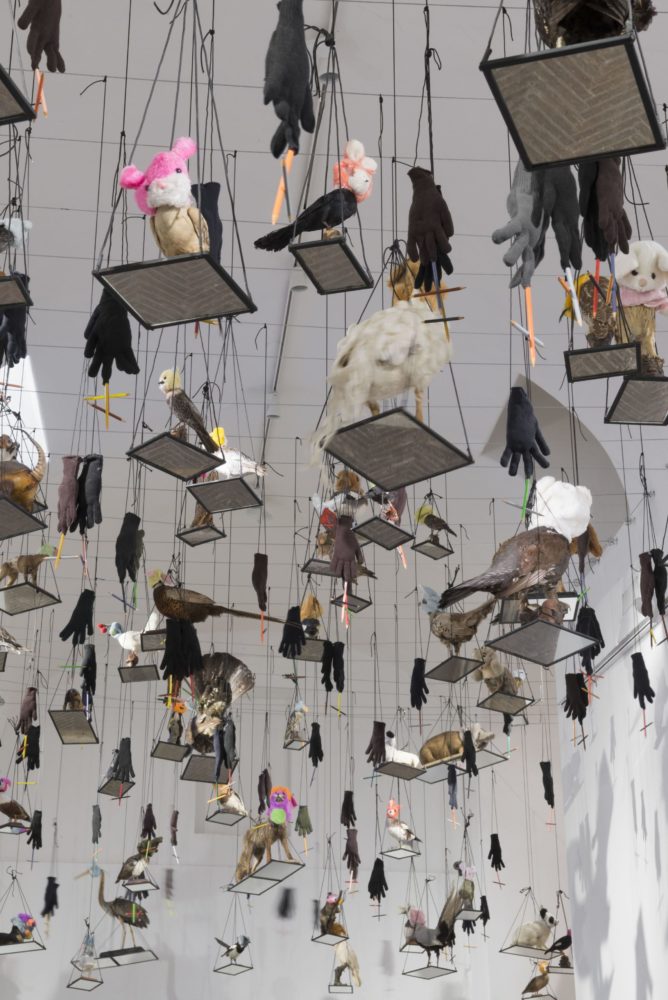
Annette Messager, Them and Us, Us and Them, installation view at Villa Medici, 2017, courtesy of the artist and Marian Goodman Gallery, Paris.
Whitewall spoke with Coen-Uzzielli late last year for our Spring 2020 Art Issue. Our conversation is below.
WHITEWALL: When you started at TAMA, what did you want to see more of in terms of programming?
TANIA COEN-UZZIELLI: Israel has outstanding fashion, design, and architecture schools—such as the Bezalel Academy of Arts; the Shenkar College of Engineering, Design and Art; and the Holon Institute of Technology—who have turned out designers that greatly succeeded internationally. We should showcase and celebrate their work. There is incredible local talent and enormous creativity in all of these fields, and just as we are a platform for artists, we should be a platform for designers, too. We should be attentive to their output, to study their past work and to identify emerging trends and talents.
WW: How would you describe the museum’s mission on both a regional and international level?
TCU: The Tel Aviv Museum of Art is steeped in history, dedicated to established art but definitely up to date, devoted to the innovative and the experimental. It has deep roots in Israel but is also internationally oriented.
It is an urban museum that is engaged in a constant dialogue with the city of Tel Aviv, a dialogue about art and multiculturalism. We want the museum to appeal to many different types of people. On the one hand, it is very important that it be accessible to the local population who live in and around Tel Aviv. On the other, it is an international institution that involves artists and visitors from all over the world.
WW: You’ve described the museum as a platform. Can you tell us what it means for a museum to be a platform in the 21st century?
TCU: I see the museum as a platform for visual culture—in my view, former boundaries between art and fashion, design, or architecture are no longer relevant. We live in a world dominated by visual images, therefore we bring a more integrative approach that includes all forms of the visual arts, in which hierarchies between different disciplines are blurred. Today we are hosting more than one thousand events which offer to our public a dynamic experience that encompasses all forms of arts: performance, music, film, and theater. We can say that we are a multidisciplinary platform in which the public is invited to experience different forms of art and culture.
WW: Why do you think it’s important to see an audience as a partner, rather than a client?
TCU: In the seventies and eighties, with the rise of consumerism, museum visitors became clients that needed to be entertained. I think that there has been a shift now, and I see visitors as partners in a collaboration. We would like to conduct a civic dialogue with the public, to have them participate, interact.
An example is our recent exhibition “Solar Guerilla: Constructive Responses to Climate Change” that sought to address the issue of climate change from the perspective of cities as tools for instigating change. The exhibition featured collaborations with a range of public and private institutions, companies, and professionals. This project was part of the museum’s larger commitment, in parallel to both global and local discourses, to exploring our relationship to the environment through a series of projects in the field of architecture and design, art and craft.
The museum continued the discussion through the catalogue and we hosted the Fourth Israeli Climate Conference that brought together scientists, students, and various organizations to discuss pressing climate issues.
WW: How can we make museums more accessible today?
TCU: I believe that the key to attracting a large and diverse audience is to offer a varied exhibition program, including interactive exhibitions for families, cutting-edge contemporary art for connoisseurs, modern art that has become classic. With exhibitions in a wide variety of themes both global and local, we have seen our audiences soar.
Our Education Wing has an array of outreach programs with the purpose of attracting different populations of diverse socioeconomic backgrounds focusing on underprivileged children and youth. In our view, investment in the young generation will forge the next generation of art lovers.
It is important to improve and facilitate the experience for all sorts of visitors: clear signage, innovative mobile apps, informative screens. TAMA is the first museum to develop an assisted self-guided tour for the visually impaired that combines a number of demonstration means: a voice guide with detailed descriptions of works of art; stops at pieces that can be touched; a booklet that combines Braille writing, text, and renderings of reproductions in 3-D.





